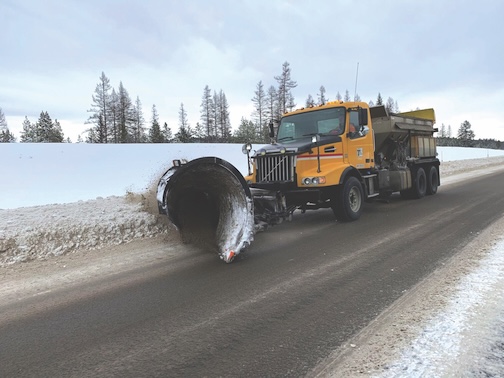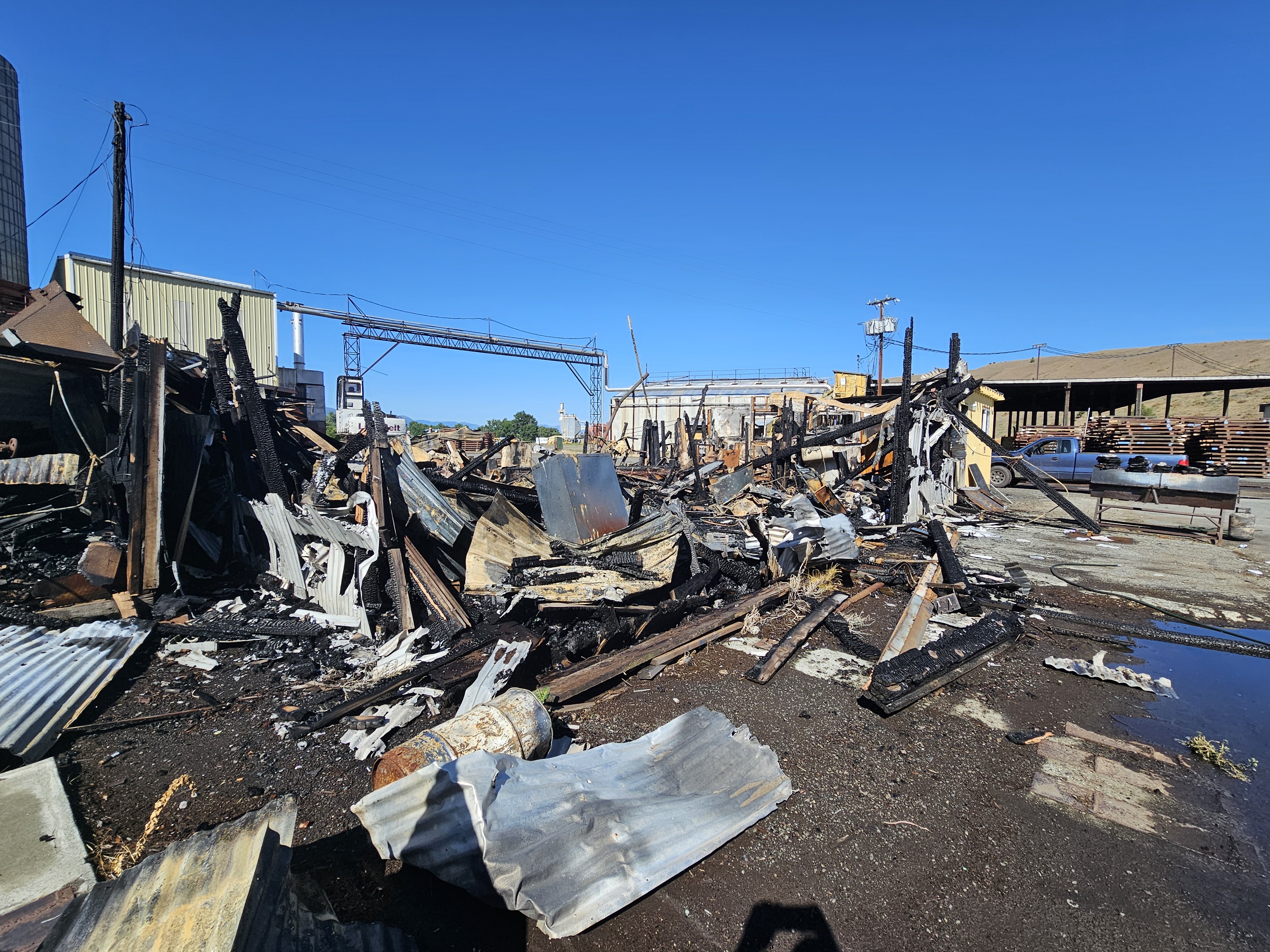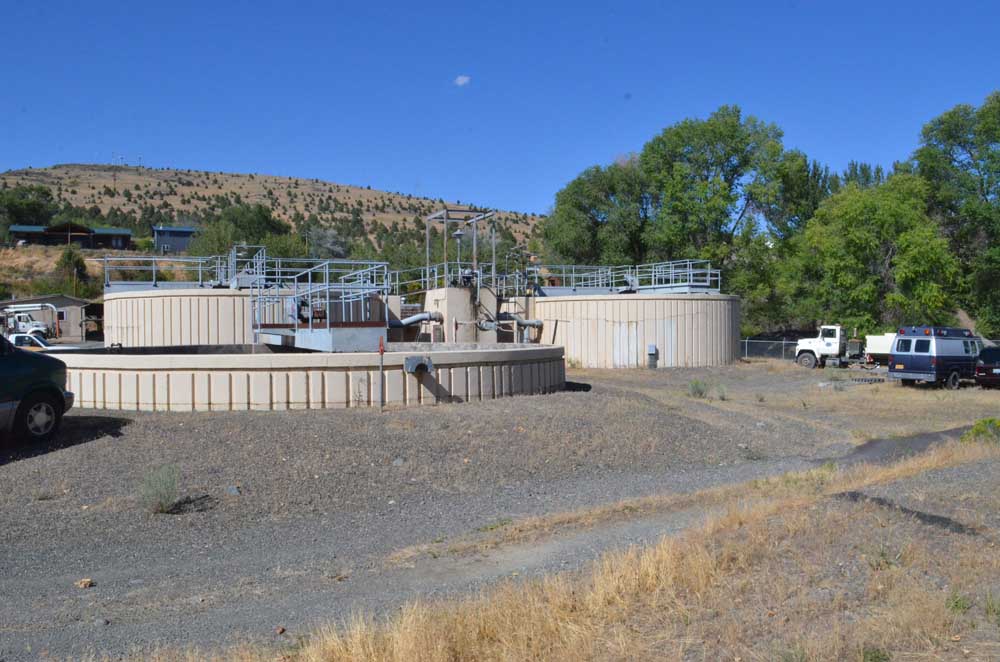History: Sawmill built Canyon Creek homes Turner family ran the place
Published 4:00 pm Tuesday, February 22, 2005

- <I>Contributed</I><BR>The Basal Turner sawmill up Canyon Creek, circa 1960. The sawmill was set in a meadow on a wooden frame, a mile northwest from the Turner house.
After WW II, the shipyards in Portland downsized. Basal and Iva Turner and family, Dail, Biff, Nadia and LaRue moved using a weapons carrier truck in the summer of 1946.
Trending
Four hundred eighty acres were bought from the Kanester’s, four and a half miles south of Canyon City on Canyon Creek.
Mr. Turner wished to hire or become partners with relatives who were in the same dilemma. In exchange for their help in logging and operating the mill, they would receive land, logs and lumber. As relatives left, others would take their place.
A portable Bell saw was ordered out of the catalog (cost unknown). It had a 24-inch circular blade and could hold a 16-foot log on the carriage.
Trending
The sawmill was in a meadow on a wooden frame, a mile northwest of the Turner house.
A gasoline-fueled, Whippet vehicle and a belt from the hind wheel provided the power to run the saw.
A two-man, crosscut saw was used to fall and buck up the logs to be dragged by a team of mares to the landing. Axes were used to chop off limbs. The mill purchased a three-man power saw in 1949.
Bates mill closed in 1974The Bates sawmill was closed in 1974, not 1964 as was reported last week, said Ralph Wilson, 71, a retired saw filer, who worked at the mill.
Wilson, who lives in Prairie City, also worked at the new mill in John Day. For a few months in 1974, both mills were in operation.
“They overlapped from June to about November,”
Wilson said.
Mill workers in Bates lived in homes owned by the Edward Hines Company and paid the company modest rents.
“When the mill closed, Hines told employees they could buy the house they were living in for one dollar, as long as they moved them,” said Wilson, who used lumber from his house to do work on a house in Prairie City. “There are still some old Bates houses around town.”
Before he retired, Wilson worked in mills throughout the Northwest.A ramp of logs was used to peavey the logs onto the sawmill frame. The log was clamped to the moveable carriage. This carriage transported the log to the saw blade for the initial cuts. To square the log (canting), the log was turned three times on the carriage with peaveys. Now, the canted log could be cut into boards. Any stickers (bark left on corners of boards) would be removed by further sawing.
Basal purchased different land (more than 4,000 acres) with timber to continue logging and cutting lumber. This mill cut logs and lumber for eight houses up Canyon Creek.
The Turner family never lived in a home made from the Turner Mill logs and lumber, but had many sheds, barns, fences, bridges, flumes, swimming-hole dams, and playground equipment made from them.
The mill was modified to carry and cut larger and longer logs in 1955 by adding a 50-inch circular Bell saw. This modified mill was five miles from Canyon City. A mill pond was added.
Basal bought a gas-powered, eight inline cylinder, factory-built Chrysler motor from Ellis Turner and Max MacCarver. A Bell planer was purchased for the mill’s use around this time.
Lumber was hauled by truck to Seneca and loaded on the railroad cars traveling to Burns.
The state ended business of Basal’s mill by improving Highway 395. By rerouting Canyon Creek, it caused the hill to subside. This emptied the pond and prevented leveling the saw, making it unusable.
The state installed pipes to drain the hill and stabilize it, but it didn’t work. Basal was granted $10,000 and the hill was purchased by the state.
Ed Butler bought the mill to cut lumber for structures on his land. He ran it for eight to 10 years. It was sold to a man in Richland when Ed sold this land and moved into Prairie City.









